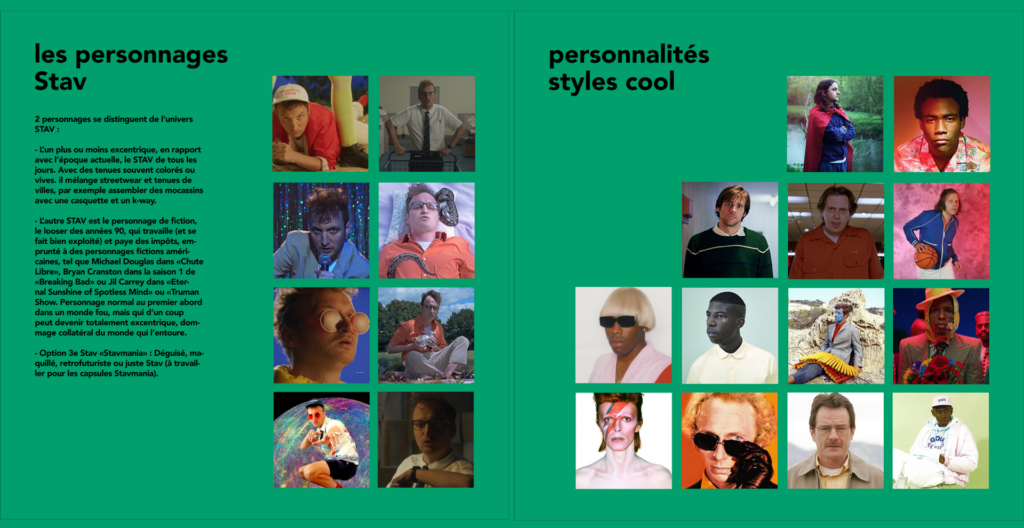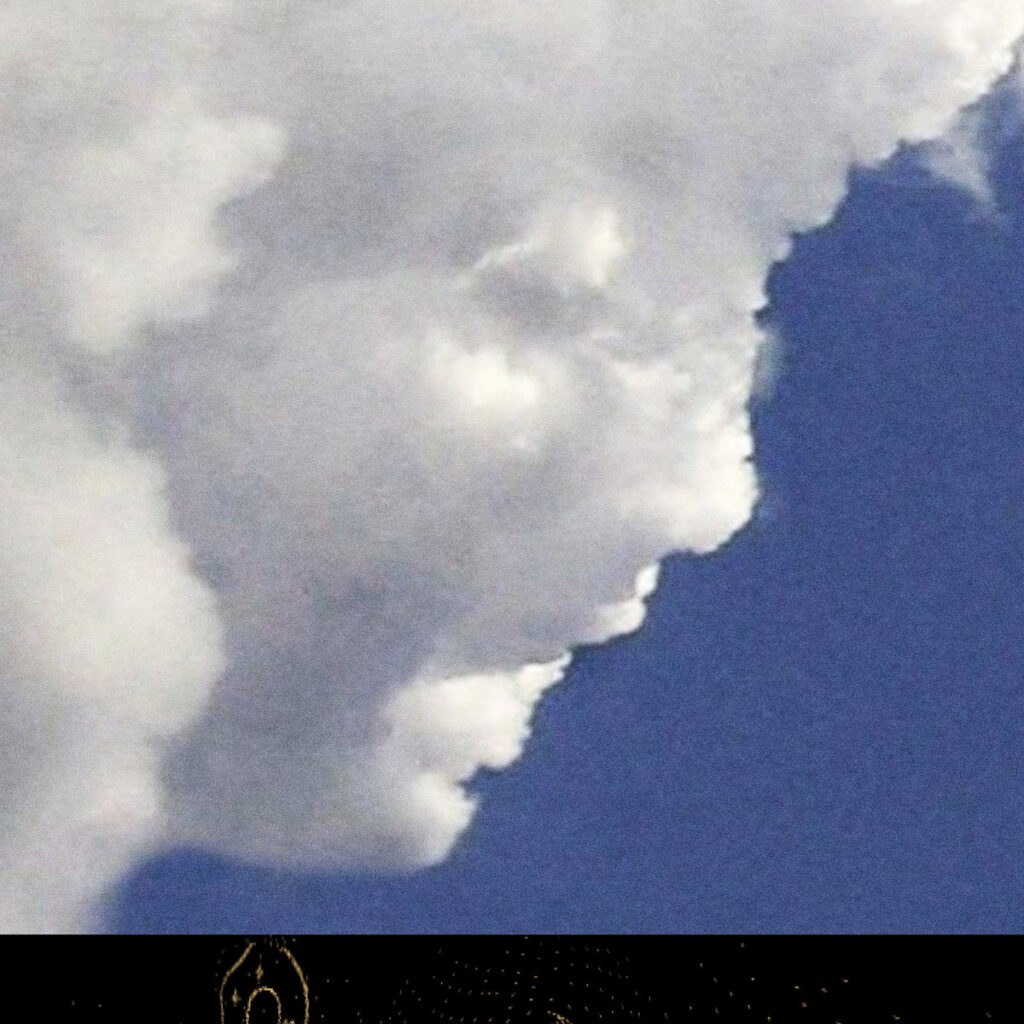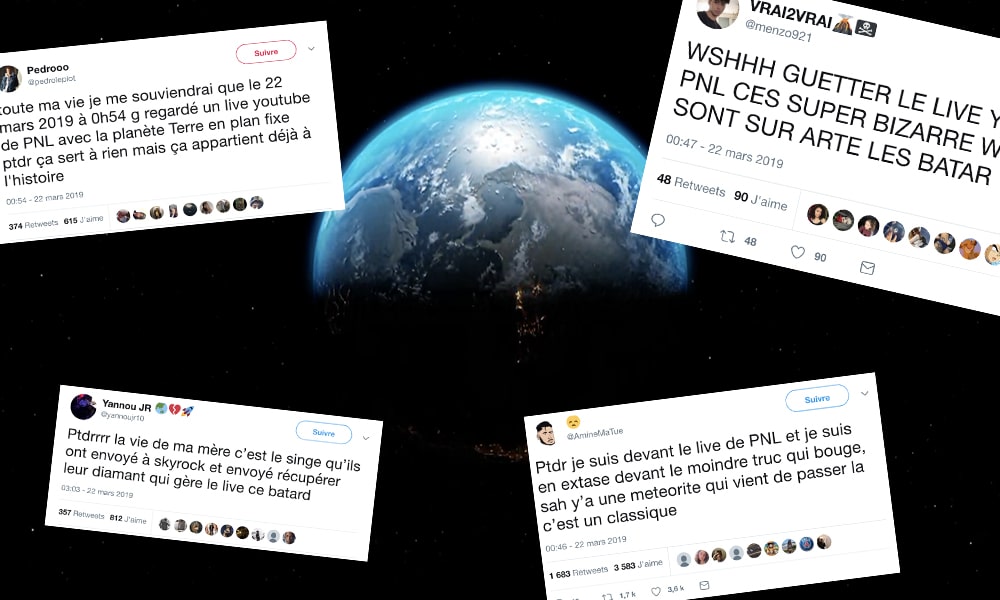Create and Maintain your Image on the Networks
How do you create your image?
This is often “the” question that most artists ask themselves, once their music is ready to be released. In a society of constantly evolving images, present in all modes of consumption, it has become almost impossible for developing artists to make their music known without accompanying it with a visual identity. This image is superimposed on your musical identity to form your artistic identity, which corresponds to your personality and defines your project.
It can happen that artists find themselves lost in front of this notion of image development which, in the unconscious, can quickly become similar to the world of marketing. It may be that the image is scary, it may be thought that it serves the musical creation, so much so that it is sometimes the last thing to be done, inspired by the existing.
However, it is your image and your identity, which is why it is an integral part of the creative process. When you create a piece, you do it with a feeling, which will immediately feed your imagination. As you compose, you will then picture colors and visual elements, which can sometimes even help you find the theme of a piece.
Without knowing it, you are already building your image, at the same time as the melody. It is not by chance that we often associate music with colors. If we say of it, that it can be hot or cold, that it evokes us the day or the night, the winter or the summer.
Because it provides us with feelings that we imagine instantly and which are engines of the creation of an image, according to its philosophical definition “The image is the mental reproduction of a perception” (Descartes).
The Clip Billie Eillish – Xanny : Directed by herself, this clip features the artist in a purified universe (reminiscent of psychiatric hospitals) where arms crush cigarettes on her face. A visual imaginative process (the human as a living ashtray) accompanying the song, in order to amplify the initial feeling: to speak about addictions.
Before even asking how to create an image, we must first ask ourselves two questions that will help us define it:
- What is an image in art? A visual? A posture? A staging? A language? A color? It is all these elements and more. The image is the embodiment of your project and therefore of your identity. And to do so, it uses all the tools that allow it to come to life.
- Why create your image? Before you even ask yourself how to create, you need to know why you are doing it, for what purpose. What should it bring to your project? Do you want to create a universe? A character? Do you want to put yourself on stage? Where do you want to go with this image? How far are you able to go? Do you want to create a lasting image or an identity that can be seen directly by as many people as possible? Why do you choose to put forward a certain song with a clip? Who do you want to reach?
Answering these questions in relation to your feelings, your personality and the identity of your project will allow you to see more clearly, to define where you want to go in order to tell your story at best.
Tell your story:
To compose or write a piece, we first start with an idea, a story that is our own. As soon as it transmits emotions, it becomes part of a storytelling that will link you to the world. This idea fits your personality traits, your feelings, your aesthetic tastes and all these elements together will build your artistic identity.
We often assume that the construction of an image depends mainly on the communication tools that are available to us. To defend a project, we must show that we exist on social networks, in one way or another. We try to follow the trends and see how we can connect with our project.
But the essence of our image doesn’t depend on the tools we’re going to put in place to develop it. Like a song, it depends on the story we want to tell. This idea acts as a pillar throughout the creative process.
We often think that a song should work first in its raw form, for example chords and text. An image is efficient because it puts in scene an idea which holds the road and which will be able to cross the times and the modes of communication.
Video – Orelsan – Sorry : Orelsan released this video in 2008, in which he thanks his audience for coming in such large numbers to his concert that some people were turned away because the room was full. He will then put himself on stage by being refused access to a nightclub. First of all, this video contains all the elements of the history of his project and his artistic facet, put forward by the second degree and the loose, central axes of his first album “Perdu d’avance”. Then it is endowed with a comical and strong idea which is anchored in the real. Finally it appeals to the feelings of each one, all generations confused (to be refused of a night club). The artist comes down from his pedestal after his concert, the public can identify with him and feel involved. It has all the ingredients of a video that could go viral today, its basic idea works and fits its musical identity. Of course nowadays, it would probably be edited more quickly with a vertical format, but the speech would be the same, there would only be to decline this format for the current supports. This image has the power to cross the ages and the advantage of having a zero cost, because the idea is sufficient on its own.
Telling your story serves to build your musical and visual identities, which feed on the same fuel: your life. The common idea that unites the two is the artistic identity.
A strong image open to the world:
It is important to think upstream about the power that your visual identity could generate. How does it anchor the project in the public’s imagination and how far can it take them? For these reasons, it must be both strong in what it conveys and open to the world.
Depending on its form and the choices you make to maintain it, always remember to leave doors open in case you decide to make artistic adjustments. For example, if you change your musical style or if you realize that it does not always correspond to the different facets of your artistic personality.
The image must be able to embody your identity and not take precedence over it, however strong it may be. It must both enrich and defend it, open your vision to the world but also adapt to you and to the world.
A versatile image that transmits strong ideas can naturally be used on all media. You can then use it on all aspects that you use to communicate on the project, whether social networks, interviews, live … Each of these appearances create points of connection that tell your artistic story and communicate with each other.
An image that is too strong could freeze the artistic project and on the contrary an identity that is too moving could alter its coherence. This is why it is always necessary to preserve a skilful harmony between these two creative voices.
As much as the strength of character of your image allows you to work on the particularity of a project, its versatility allows it to adapt to all the traits, moods of your artistic personality and to the world that surrounds it. Just like your music and your identity, it must be considered as a living element.

How to develop your image
- Scripting: Before jumping into the deep end, it’s important to evolve your idea and create your story. You can start by writing down words about the feelings your music evokes. Once you have these words, you can then imagine a world of your own. You will then have enough material to tell this story by scripting it like for a video clip. This will allow you to create a breakthrough, to open doors, to see more clearly and to imagine how far this image can take you. It is important to script each piece of content, each speech, in order to create coherence and links in your message. The more you advance in your scenario, the more sure you will be of the direction to follow and the content to produce.
- Define your artistic references: Everything that will build the decor and the aesthetics of your visual universe, once again as for a song: Melancholic or sunny song / Analog instruments or plugins / Musical genre … With the image it’s the same: Color or black and white / funny or sad story / digital or analog image / Cinematographic or documentary genre… Once the idea is defined, you can then put these references in a document (mood board) where you gather all your inspirations by referring to existing images.

- Anchor in reality and involve your audience: An image is all the more effective when it is anchored in the reality of all. Telling a story by projecting it into reality gives it content and weight, and the audience can project itself more into your message.
Clip Stromae – Formidable: When the artist takes the risk of staging himself in real life, in order to amplify a feeling evoked in his song (the sadness of a breakup): he becomes a drunk man at 8am on a public square. He uses the process of the embedded camera because it is impossible to bring a video team without being noticed. Also, a cinematographic image quality would not correspond to the feeling deployed which must be brutal. The camera becomes the eye of the spectator who is the passer-by on this square. The artist does not feed on the unexpected, it is he who becomes the unexpected. The people who attend the scene, wonder, take pictures of him (feeding these questions on the networks). Is it a staging? Is he really drunk and going crazy? This is the questioning that he manages to provoke. Those who watch the images on youtube, can only salute the performance and consistency. One is projected into an image that considerably enriches the words of the artist. Again, this process is not expensive, it stands out for a strong idea that becomes reality.
Big Flo and Oli tease their next clip by putting themselves in scene Place de la République inside a studio built in a glass box. So we don’t know what will happen, but every passer-by takes pictures of them and posts them on the networks. The public becomes the artist’s own community manager.
- Define your place: Before creating your image, it is important to define the relationship you will have with it. Many artists don’t necessarily want to put themselves on stage, out of modesty, because they feel uncomfortable, or simply because they feel it doesn’t fit with the image of the project. There is nothing wrong with that. But it is important to define this relationship at the beginning of the creation, rather than forcing ourselves and getting trapped in an image that doesn’t suit us. You will always have the choice to leave doors open and change course at some point in your evolution if you wish. But there are many ways to put a project in image, without staging its protagonists or in an abstract way (illustrations, animations, use of actors, real images). This is not a problem, each image has its own personality, you just have to be aware of it.
If on the contrary you want to put yourself on stage beyond the music, it is nowadays totally possible and social networks push artists to do it constantly. You have to define your place and make sure that this staging corresponds to the project. Be careful not to lock yourself in and become a caricature of yourself.
Staging yourself requires naturalness, but also work and distance. This is why it is important to script each idea and to give it a tempo. As for a song, don’t hesitate to make tests and mock-ups of your productions, before publishing them, in order to have an external eye on your work. In both cases, make sure to anticipate the urgency and to integrate your artistic direction in each of your speeches first.

- Define your means and your reality: Before even starting to produce, it is important to situate the project in its reality, what means you have: skills, know-how, entourage, financial means… Producing images can be costly and time-consuming, which is why it is important to anticipate all these factors beforehand. You can’t become an art director overnight, but today social networks and cell phones allow you to create quality content in an instinctive way. Try to use these tools as much as possible for your project. If you have other means to develop your image, don’t hesitate to create bridges to implement them. Analyze your reality, look around you, define your pluses and minuses. Do not estimate your means just for the production of a clip, but for the global production of your visual identity.
- Manage your timing: Once you decide to start communicating a project, make sure you have several cards up your sleeve. There’s no point in producing a nice clip today if you don’t have another piece of content ready to go. Wait for the right moment to release your first content, make a retroplanning over six months, in order to make the project live. Once you’ve spoken, you need to be sure you can deliver.
- Decline to the maximum and maintain your image: In order to make a project live, you must be able to decline your image. The life span of a clip today is very short, because there are so many releases. Each specialized media receives an average of 150 per week, just for France. At the same time as you think about the concept of the clip or your global visual identity, try to anticipate the production of additional material to make this content live: making of, teaser, cut scenes, on-board camera, acoustic version, tik tok filters… Try to think about these concepts in relation to your image, in order to create coherence and links that will bring your story to life. Don’t produce a teaser that will be just the intro of your song, create a parallel story, open doors, widen your field of vision, use a symbolic object of the clip in other videos, stage it in the real world.

- Make the most of the social network tools: In order to involve the public, don’t hesitate to use the new tools offered by the networks: Premiere on youtube with a countdown, countdown on instagram, real instagram, polls, questions, live, use of your song in Tik Tok videos to generate a stream around scenes related to your clip and your visual identity…
The tools to achieve your image :
Smartphones:
“To make a movie, you just need something that films” said Orelsan in his song “Note for too late”. Today smartphones offer you the possibility to take pictures and shoot videos in HD quality. Once again, it is the idea that prevails, the smartphone is an affordable tool that allows you to stage it.
You can install “Filmic Pro” a paid application (about 10 euros) real monitor simulator and video recorder, which allows you to shoot videos in pro mode (manage white balance, iso, aperture, heat,..)
Video editing tools developed by social networks:
Social networks offer today a multitude of free tools to develop your image. You can edit your videos yourself with transitions effects, use filters to showcase yourself, integrate songs to your montages. No more need for a computer, to export your videos and edit them on a pro software. These tools are mainly developed on Tik Tok and instagram.
Templates and graphic creation websites:
The platform “Canva” offers you the possibility to create easy designs using templates, made for social networks. If you are not a graphic designer, but you need to decline and post your content regularly (video release banner, concert tour …) this platform is for you. You can also link your networks to your account and schedule your posts. It exists in free and premium version.
Graphic design software:
For the more experienced, the Adobe Creative Cloud suite of graphic creations will accompany you in all your projects of professional content creation (Photos, design, editing, motion design …) for a subscription of 60 euros per month.
Google :
All the answers to your technical questions, video editing, graphic design, digital strategy, evolution of social networks, can be found in very well designed Youtube tutorials. Don’t hesitate to read about your questions and to keep yourself informed, because social networks never sleep.
